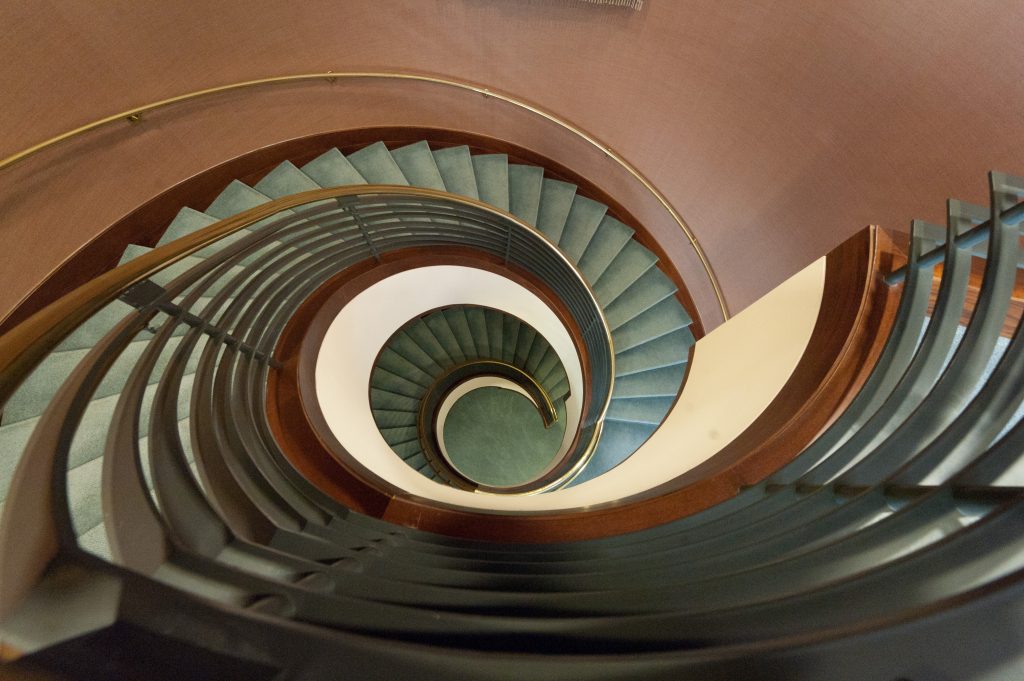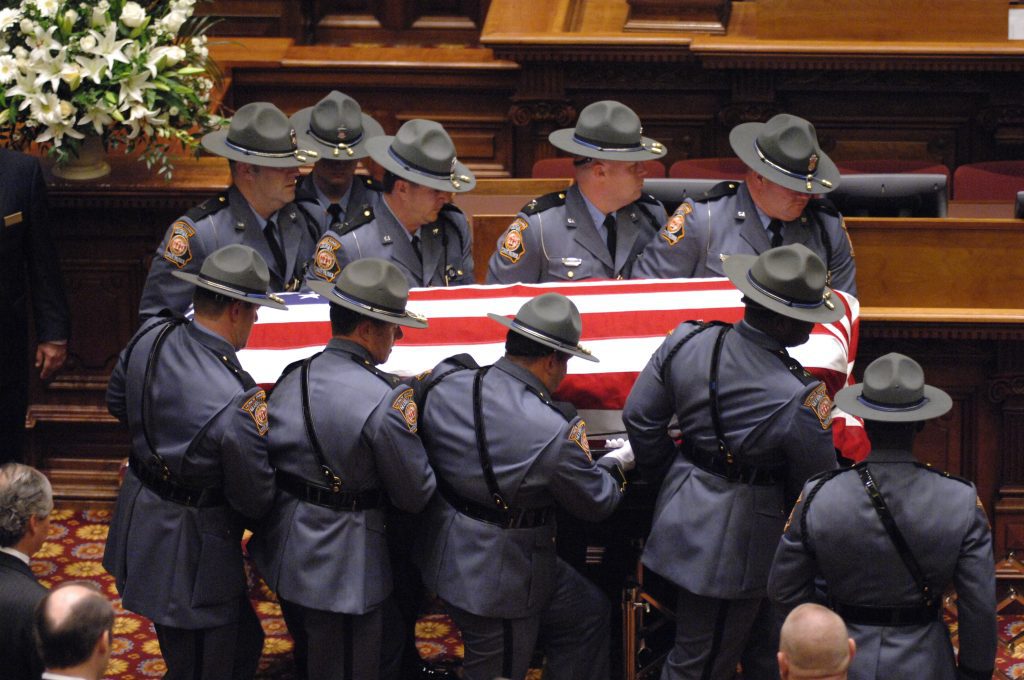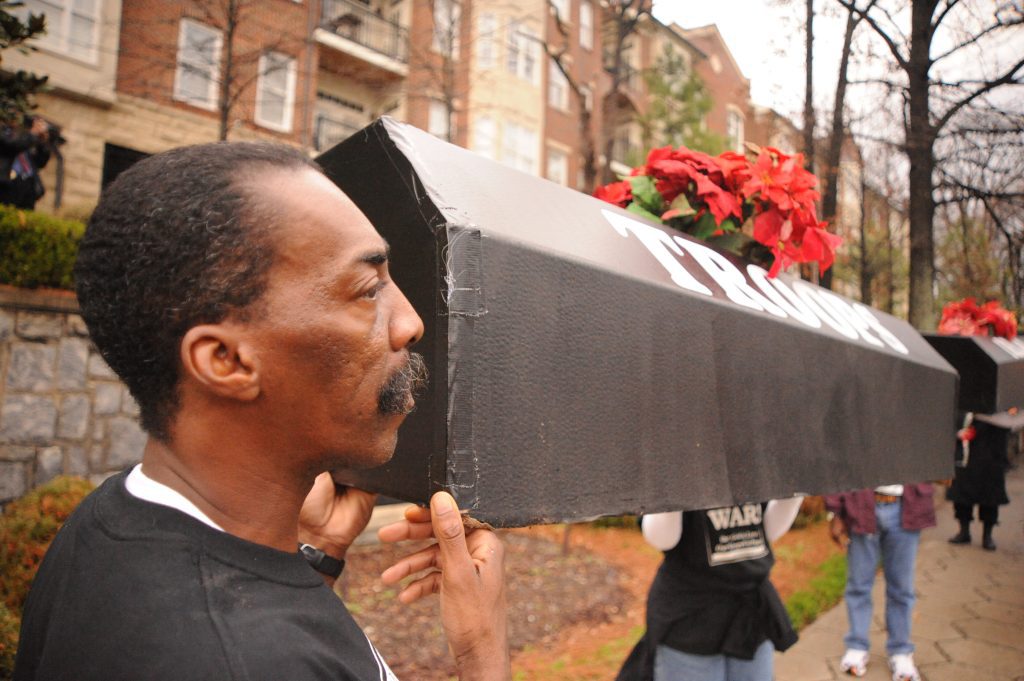Introduction: Photography is a powerful medium for capturing moments, conveying stories, and evoking emotions. Two prominent genres have emerged within the realm of photography: Fine Art Photography and Communications Photography, which includes photojournalism and documentary work. While both forms utilize the same tool—the camera—to create impactful visuals, there are distinct differences in their purpose, approach, and execution. This blog post delves into the main contrasts between Fine Art Photography and Communications Photography to better understand their unique characteristics.

Fine Art Photography: Embracing Creativity and Personal Expression Fine Art Photography is a genre that emphasizes the photographer’s creative vision and personal expression. It often revolves around capturing aesthetically pleasing and visually compelling images. Fine art photographers aim to convey emotions, concepts, or abstract ideas through their work. The primary objective is to produce pictures considered artworks in their own right. Fine art photographs are often displayed in galleries and museums or sold as prints to collectors.

Critical Characteristics of Fine Art Photography:
- Emphasis on Creativity: Fine art photographers prioritize artistic vision, experimenting with various techniques, composition styles, and post-processing methods to create unique and visually captivating images.
- Subjectivity: The interpretation of fine art photographs is left to the viewer’s imagination, allowing for personal connections and individual narratives.
- Non-literal Representation: Fine art photography often employs symbolism, metaphors, or abstract elements to convey ideas or evoke emotions, going beyond a straightforward depiction of reality.
- Autonomy and Independence: Fine art photographers can pursue personal projects and explore their creative interests without external constraints.

Communications Photography: Capturing Reality and Telling Stories Communications Photography encompasses photojournalism and documentary work, focusing on capturing real-life events, moments, and stories. Unlike fine art photography, the primary objective here is to inform, educate, and document rather than purely aesthetic pursuits. Communications photographers play a crucial role in sharing important social, political, and cultural narratives, exposing the truth, and raising awareness through visual storytelling.

Critical Characteristics of Communications Photography:
- Objective Representation: Communications photographers strive to present an accurate and unbiased depiction of events and subjects. They aim to capture the essence of reality without manipulation or significant alterations.
- Storytelling and Context: Communications photography goes beyond individual images, often requiring a series of photographs to tell a complete story or convey a specific message. The context and narrative are paramount.
- Time Sensitivity: Communications photographers work under tight deadlines, aiming to capture and deliver relevant and timely images, documenting the unfolding events in real-time.
- Ethical Considerations: Photojournalists and documentary photographers adhere to strict ethical guidelines prioritizing the truth, respecting subjects, and minimizing harm or manipulation.

Conclusion: Fine Art Photography and Communications Photography, including photojournalism and documentary work, offer distinct approaches to capturing and interpreting the world through the lens of a camera. While Fine Art Photography explores creative expression and individual vision, Communications Photography focuses on truthful documentation, storytelling, and conveying essential narratives. Both genres contribute significantly to the rich tapestry of photography, offering diverse perspectives and engaging viewers in different ways. By understanding the main differences between these genres, we can appreciate the unique qualities they bring to visual storytelling and artistic representation.

